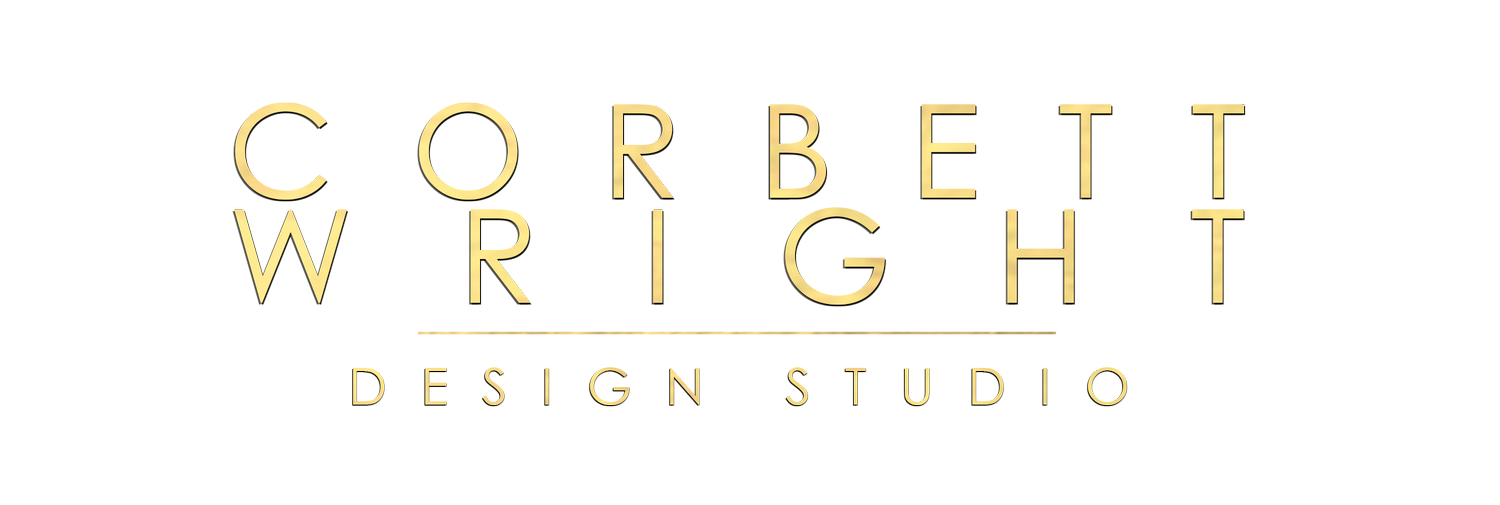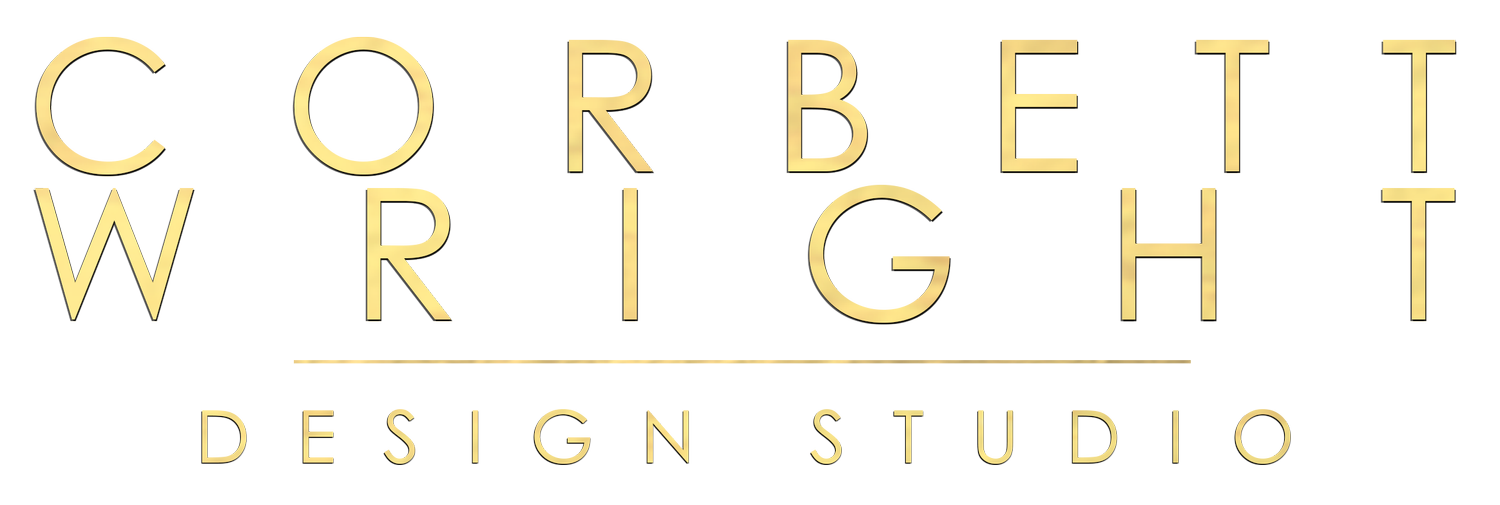Installation Instructions for Corbett Wright LLC Aluminum Panels
Our manufacturing partner uses a proprietary infused color and coating process that is applied to Aluminum, as well as other substrates such as Acrylic, Glass, FRP, and Wood.
Our aluminum panels can be installed easily to various substrates, including drywall.
STORAGE
Sheets should be stored indoors on a solid, flat, dry surface. Do not stack on concrete floor or any other surface that emits moisture. Lay sheets flat with proper support on the ends of sheets. Do not stand sheets on edge. Sheets should be stored in a cool, well-ventilated, dry area. Prior to installation, allow sheets to acclimate to the room temperature and humidity for 24-48 hours in the installation location.
CUTTING
ALUMINUM SHEET LAMINATION
If adhering the sheet to a substrate prior to cutting (good quality hardwood plywood, high density particleboard, or MDF should be used as the substrate) - clean the substrate with a clean brush. Inspect the sheet for quality prior to acceptance of delivery or fabrication.
Laminate to substrate using techniques similar to working with HPL’s. Cut the sheet to size with shears or a saw, and be sure that the blades are sharp. Leave the protective masking on the product during machining/installation. Cut into the sheet so that rough edges are on the back of the sheet. Sand down cut edges with 220 grit sandpaper. Files may also be used to de-bur sharp edges, and always file down on the decorative surface. It is always best to test cut first to confirm results.
ROUTING INFORMATION
Sharp multi-fluted carbide cutters are necessary; the larger the diameter the cutter the better the results. It is important that the cutter travel direction is against the cutter rotation. ALWAYS CUT DECORATIVE SIDE UP (into the decorative face). When routing, the less material removed, the better. It is also important that the face of the material be protected from the base plate of the router. For edge trimming, high speed trimmers should be used (approximately 22,000 RPM) and will produce smooth burr-free edges. If using a CNC router refer to your CNC manual for optimal settings for cutting aluminum.
SAWING INFORMATION
Table and/or panel saw: always use sharp carbide tipped blades with 80 to 100 teeth. Blade should be 8” to 12” in diameter, and at 0 degree rake for best results. It is always best to cut into the decorative face with the blade to minimize burring and edge distortion. Do not force material through saw. A constant feed rate will produce smoother cuts. Blade wax will promote better cuts.
SHEARS
Blades must be clean, sharp, and properly maintained. Shears that are normally used to cut stainless may be dull and unreliable for precision cutting. Always sample cut first.
INSTALLATION OF PANELS
LAMINATION/ADHESIVES
Always check with your adhesive supplier first to make sure that the adhesive that you select is suitable for your application (common types are: contact adhesives, cements – trowel on types such as FRP adhesives, panel adhesives, or double sided tapes, but specs do vary from specific item to item and from manufacturer to manufacturer – not all are compatible). In all cases, the adhesive manufacturer’s instructions should be followed as to the use of the adhesive and substrate preparation.
A) It is helpful to prep sheets prior to lamination by scuffing the backside with 80 grit sandpaper.
B) When applying FRP adhesive, follow the adhesive manufacturer’s recommendations for trowel style (e.g. appropriate height of adhesive bead left by trowel). It is important to apply adhesive carefully and follow all directions to prevent problems that may result from using too little or too much adhesive. 100% adhesive coverage applied to the entire back of the panel is recommended by using a “crosshatch” pattern. Adhesive should extend to all edges of the panel and should be applied directly to the back of each individual panel. Always leave a minimum of .040” around the perimeter of the laid up panel to allow for the expansion of the aluminum sheets and /or substrate with changes in temperature of the installation environment.
C) Use only oil-based naptha, or mineral spirits for adhesive clean up. Do not use ammonia, abrasive cleaners/pads, or harsh solvents like lacquer thinner. It is recommended that you test your adhesive system and/or cleaning agents with a sample piece of aluminum.
LAMINATION TO DRY-WALL
If applying to painted or primed drywall, aluminum sheets can be applied directly with drywall
screws, drilled and countersunk or drilled with finish washers, and FRP adhesive. Pre-drilled holes should be slightly larger than the fastener to account for expansion and contraction of the sheet.
Prior to applying FRP adhesive, prep sheets by scuffing the backside with 80 grit sandpaper. When applying FRP adhesive, follow the adhesive manufacturer’s recommendations for trowel style (e.g. appropriate height of adhesive bead left by trowel). It is important to apply adhesive carefully and follow all directions to prevent problems that may result from using too little or too much adhesive. 100% adhesive coverage applied to the entire back of the sheet is recommended by using a “crosshatch” pattern. Adhesive should extend to all edges of the sheet and should be applied directly to the back of each individual sheet. Always leave a minimum .040” around the perimeter of the laid up panel to allow for the expansion of the aluminum sheets and /or substrate with changes in temperature of the installation environment.”
Use only oil-based naptha, or mineral spirits for adhesive clean up. Do not use ammonia, abrasive cleaners/pads, or harsh solvents like lacquer thinner. It is recommended that you test your adhesive system and/or cleaning agents with a sample piece of aluminum.
MAINTENANCE
Clean surfaces with a soft cloth using a household cleaner – waxes, Windex type solutions, or ordinary soap and water. Good furniture or automobile waxes can provide additional protection.
CONDITIONS & WARRANTY
Corbett Wright LLC believes all information contained herein to be correct. It is the responsibility of the fabricator/customer to completely test the adhesives and methods of fabrication to ensure that the results are satisfactory. Corbett Wright LLC is not responsible for any fabrication or ancillary costs involved with using our products.
All shipments are to be inspected the day of delivery and Corbett Wright is to be informed in writing of any potential adjustment necessary with attached photographs. The seller’s only obligation will be to replace defective sheets on a one to one basis. Neither the manufacturer nor the seller shall be liable for any additional damage or loss, directly or indirectly, arising as a result of using Corbett Wright LLC products.
Slight imperfections and color variations from sheet to sheet are possible and considered normal. Please inspect each sheet carefully before fabrication to ensure it meets your needs.
CAUTION
Fusion Aluminum and other metal laminates will conduct electricity. To avoid electrical shock and damage to equipment, please make sure that all electrical circuits, tools, and devices used with this material are properly grounded.

